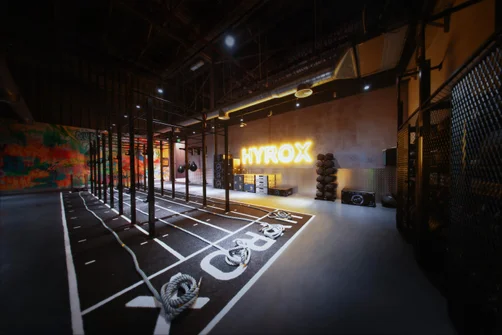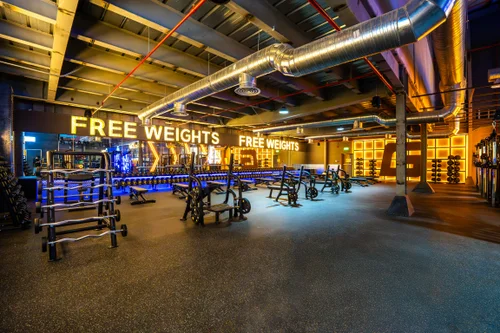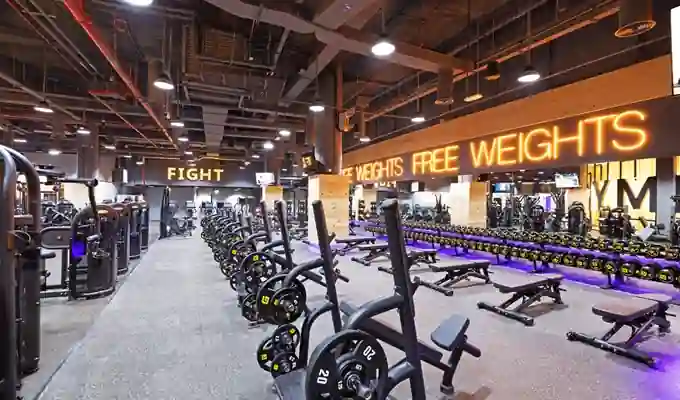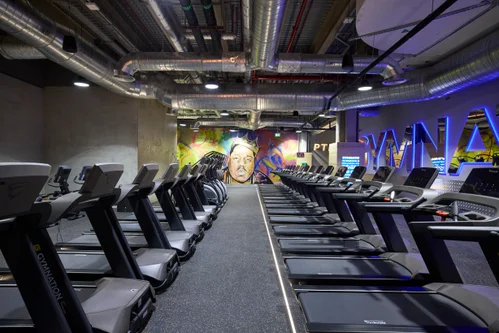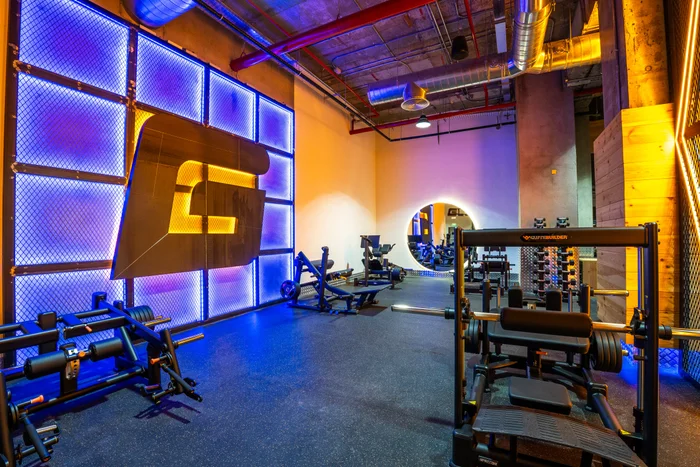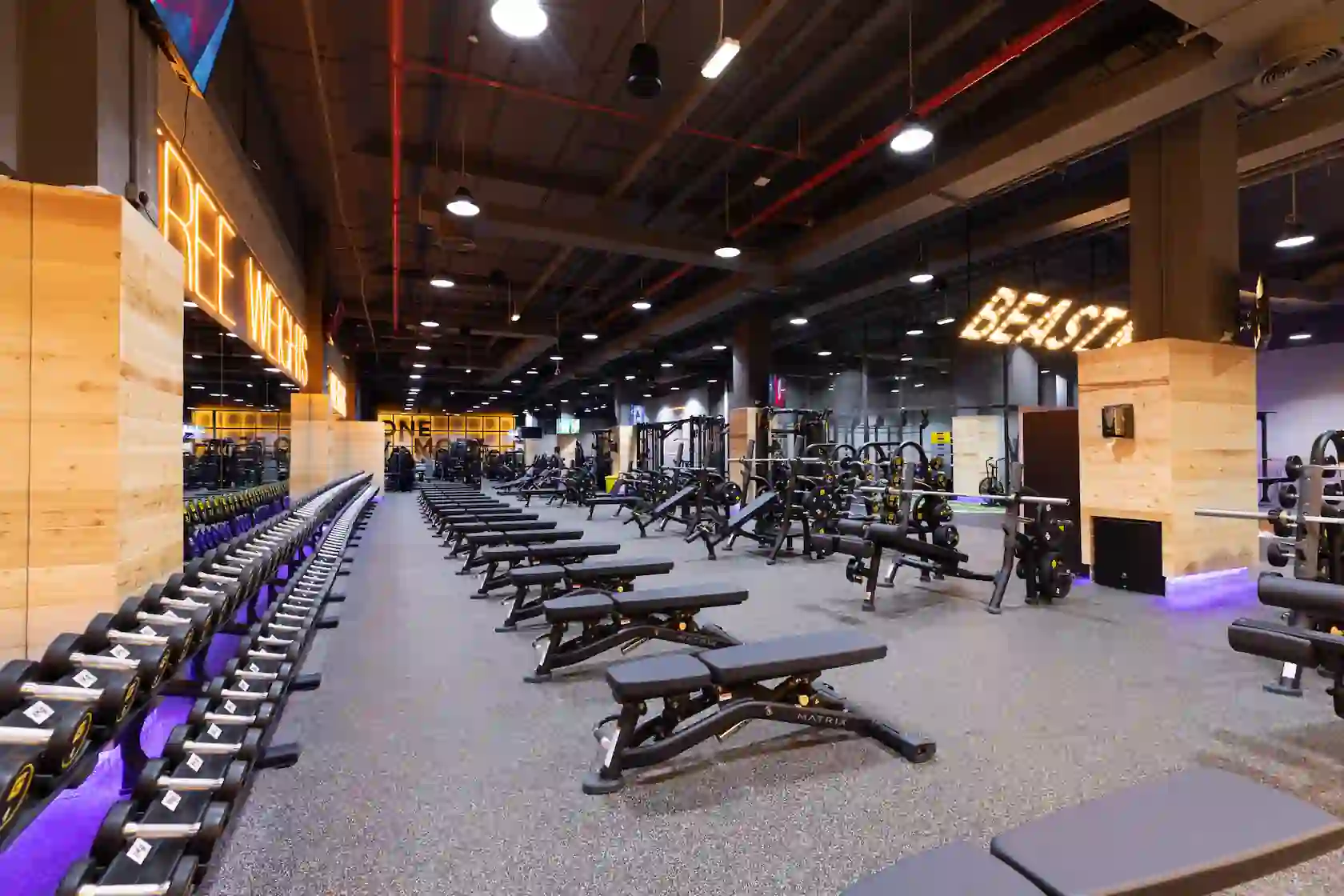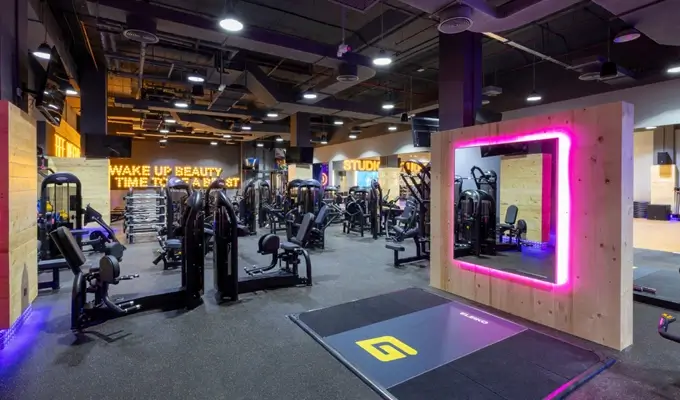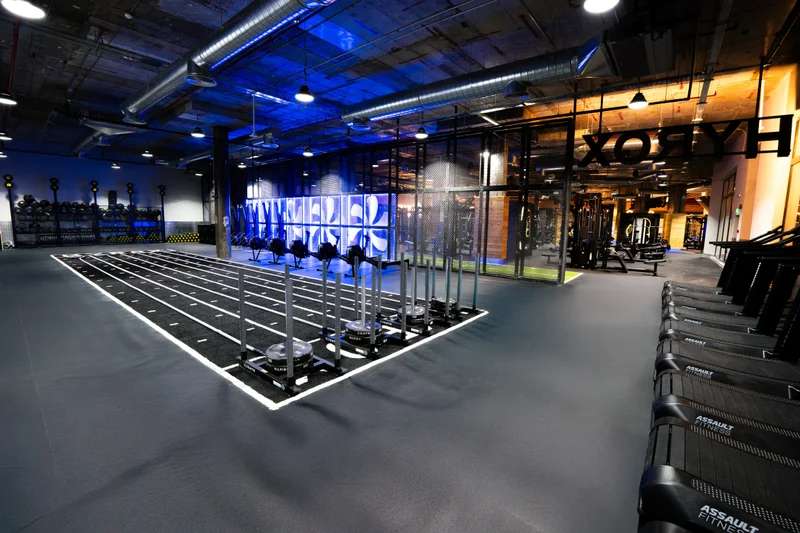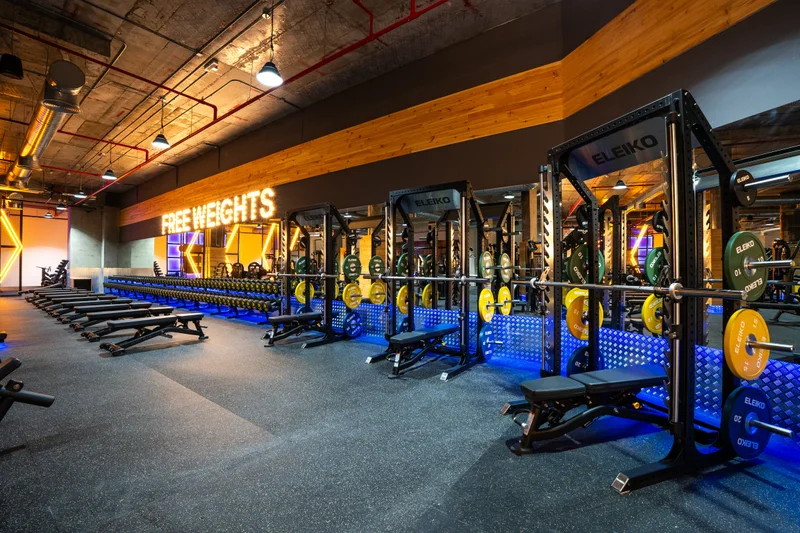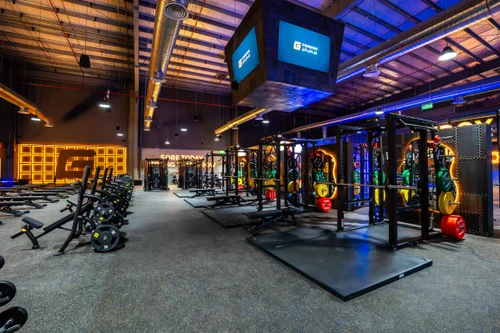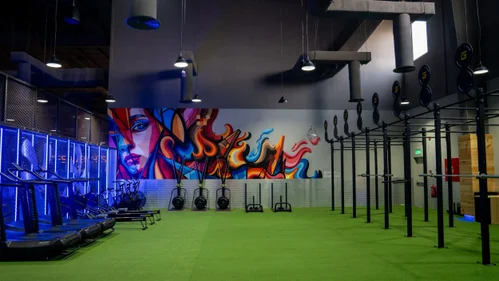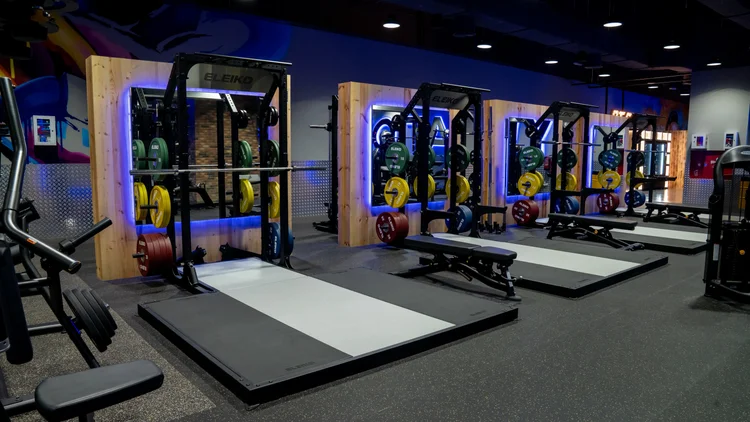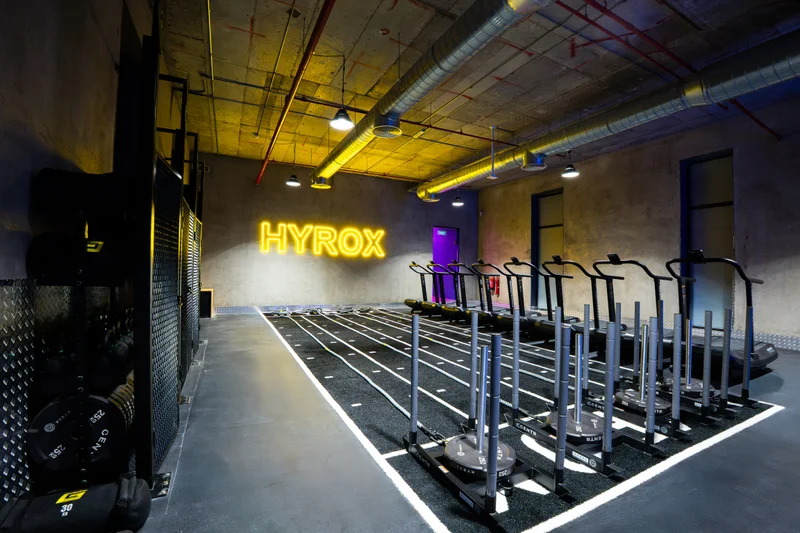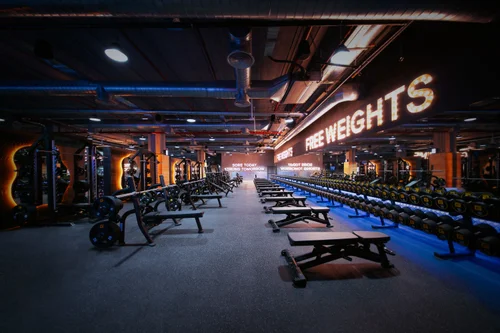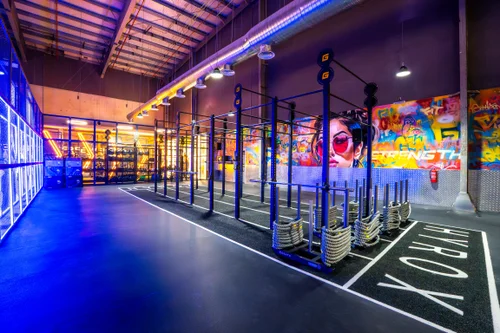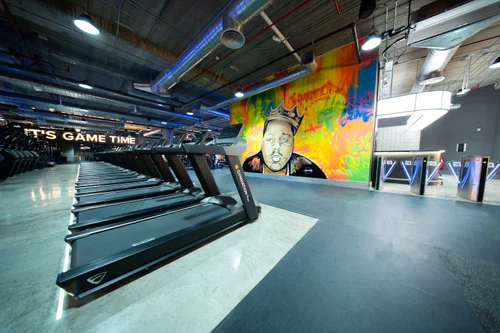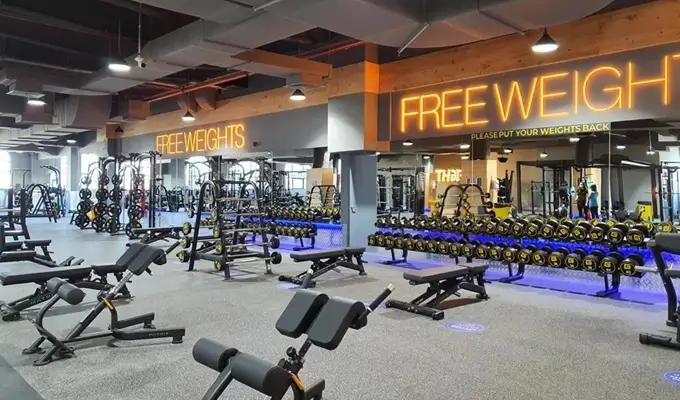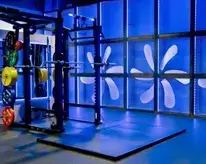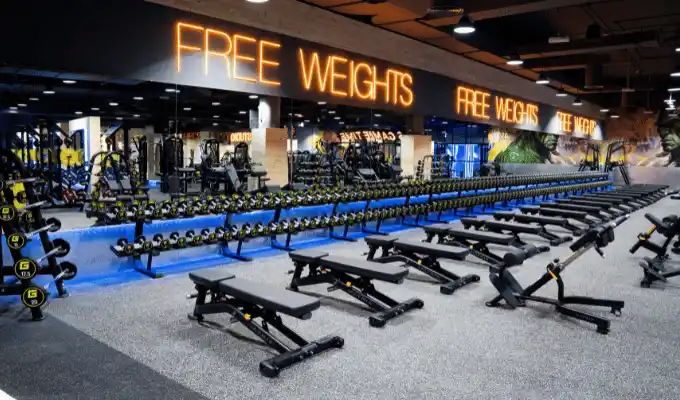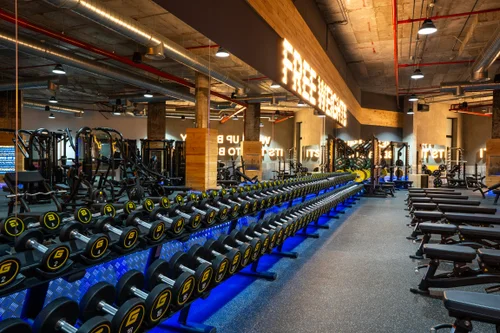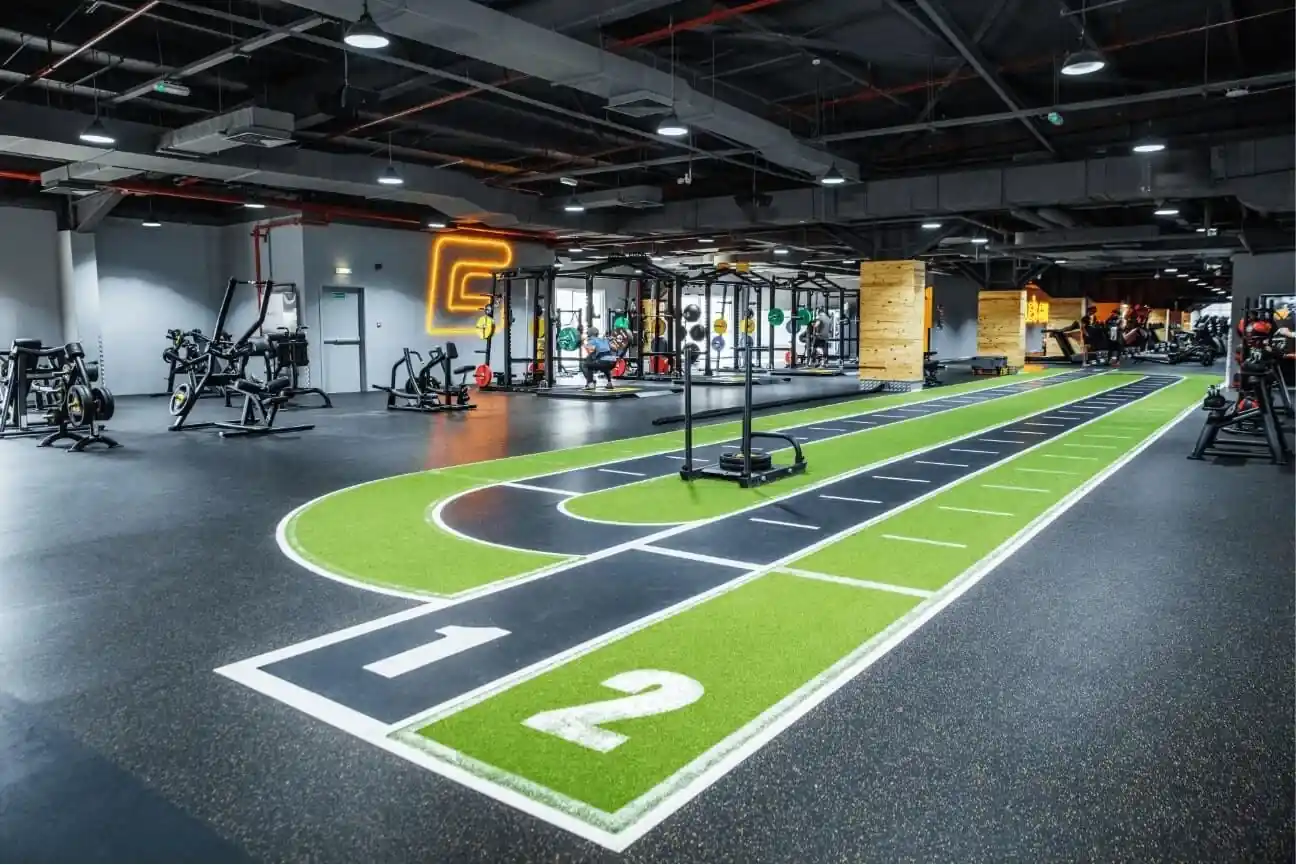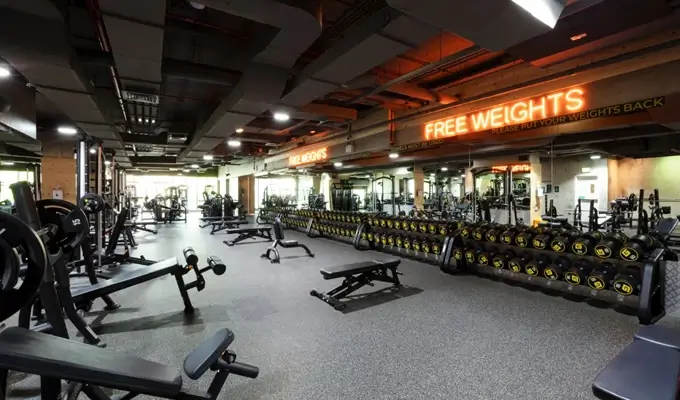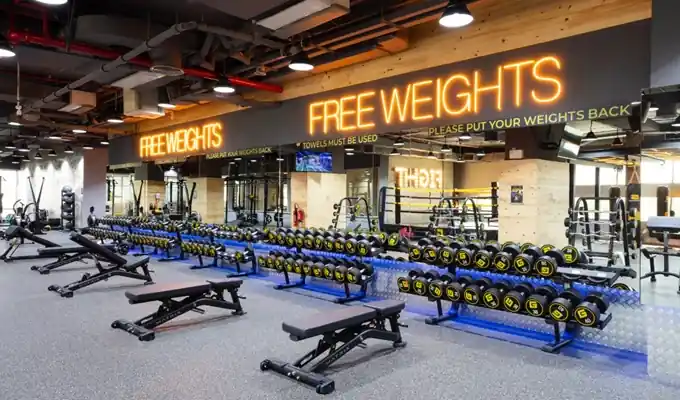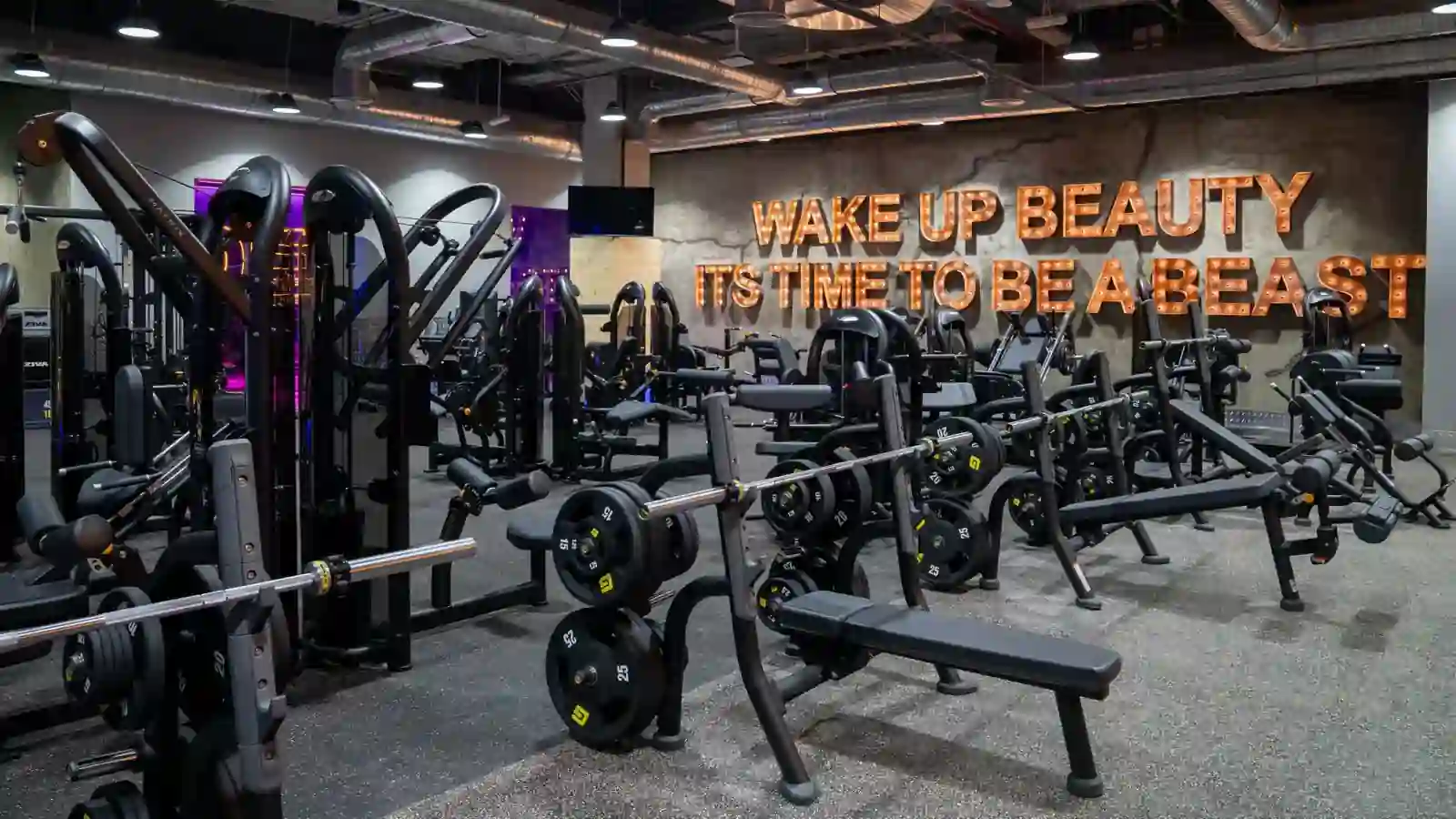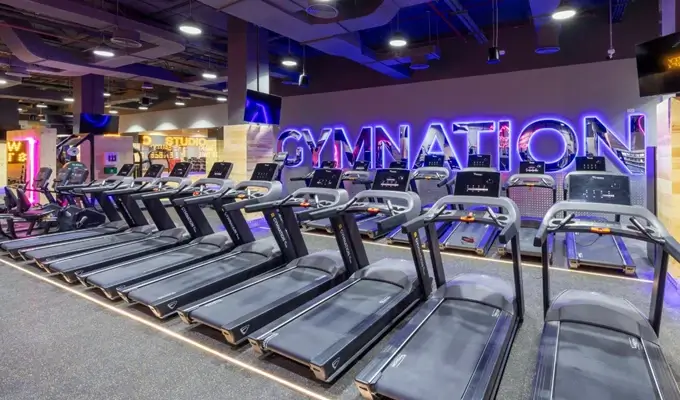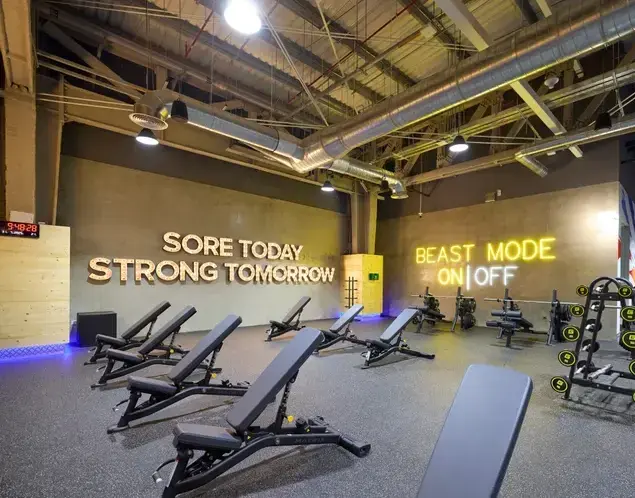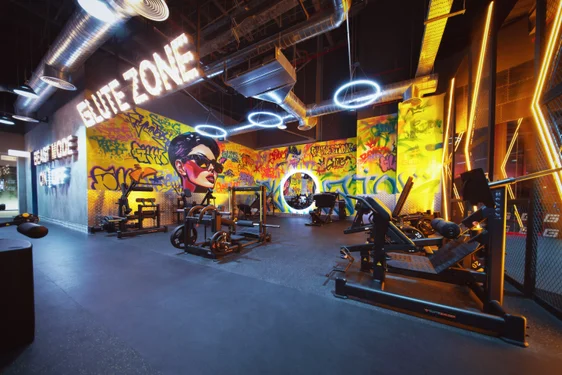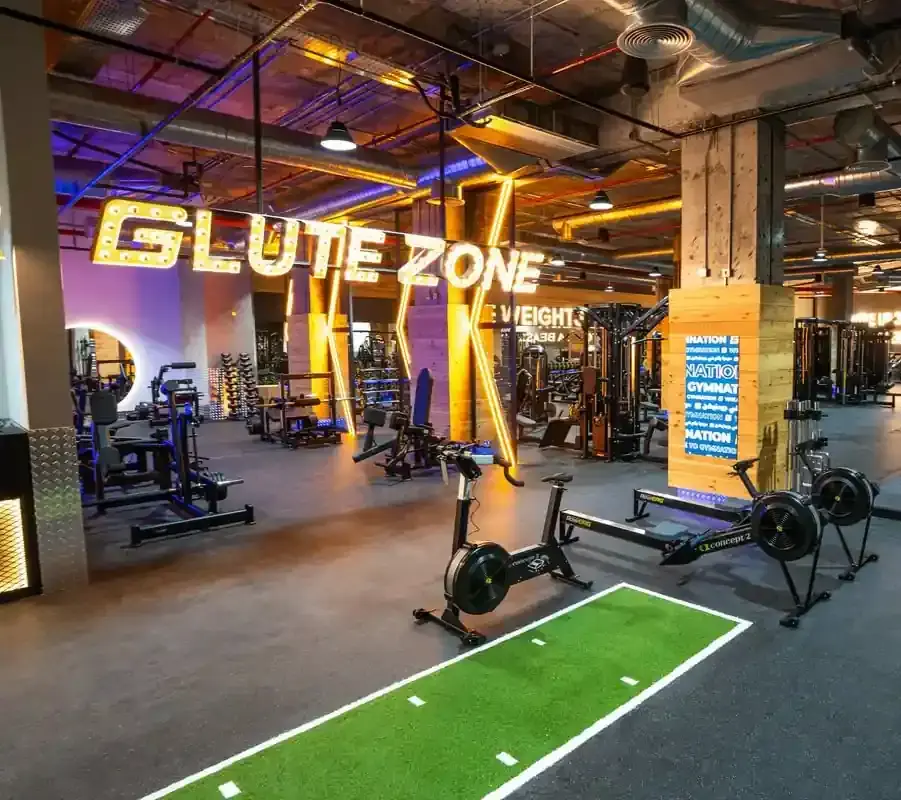Meg Jacoby Shares Hyrox Training Secrets

SIGN UP FOR YOUR FREE DAY PASS TODAY!
Completing a Hyrox race requires intense training, so when I asked reigning Hyrox world champion Meg Jacoby about her typical routine, I anticipated a tough response. However, I wasn’t prepared for just how rigorous it would be.
Jacoby skips rest days entirely, dividing her time across strength training, conditioning on machines, Hyrox simulations, CrossFit, and – you guessed it – plenty of running.
Below, she shares her introduction to fitness racing, dives into the demanding details of her training, and offers tips for anyone looking to tackle a Hyrox race. Spoiler alert? This one's not for the faint-hearted!
Your ideal gym buddy is…
Meg Jacoby’s Journey to Hyrox
Hyrox may still be a young sport, having been established in 2017 by race organizer Christian Toetzke and Olympic medalist Moritz Fuerste, but its concept has taken the fitness world by storm.
The race features eight intervals of one-kilometer runs interspersed with challenging fitness stations like sled drags, SkiErgs, or farmer’s carries, marketing itself as “the fitness competition for every body.”
Thanks to its thrilling formula, the sport has rapidly gained popularity, bolstered by passionate participants who spread the word. That’s precisely how Jacoby discovered it.
“I found Hyrox through a friend who thought I’d excel in it,” Jacoby recalls. “We were tackling workouts in a similar style, and he’d heard about it through the obstacle course racing community. I signed up for Hyrox New York in 2022 with a group of friends.”
Her friend was onto something. Just two years later, Jacoby became world champion. While she originally joined for the challenge, it’s the Hyrox community that keeps her hooked.
“Hyrox creates an amazing, positive atmosphere at events," Jacoby says. "Its accessibility and repeatability make it great for anyone to participate and track progress.”
Inside Meg Jacoby's Grueling Training Regimen
Jacoby’s training schedule is, in her words, “high volume”—a bit of an understatement.
“I train four times a week with weightlifting,” she explains. “I divide sessions into two upper body and two lower body days, alternating between heavy and dynamic lifts.”
This method resembles the “conjugate method,” a training system designed by Westside Barbell. Maximal effort days involve heavy lifting with regular variation to prevent stagnation, while dynamic effort days focus on explosive movements using lighter weights.
Both methods incorporate accessory exercises to target weaknesses and build muscle.
For most, following the conjugate method alone would suffice, but Jacoby’s regimen goes far beyond that.
“I run six times a week, complete one Hyrox simulation workout weekly, and on my off-days from running, I substitute a high-volume machine-based workout,” she adds. “I also do one or two CrossFit sessions weekly.”
While CrossFit and Hyrox share similarities, Jacoby notes that Hyrox is “far more aerobic,” requiring a strong aerobic base to succeed.
“For Hyrox, spending time in heart rate zones two and three, with occasional quality sessions in zone four, is crucial,” she says. "This contrasts with CrossFit, where power and high-intensity training take center stage.”
Meg Jacoby’s Top Tips for Hyrox Training
Training for Hyrox requires comprehensive fitness across strength, endurance, cardiovascular capacity, and speed. However, Jacoby stresses the importance of prioritizing running.
-
Run, Run, Run
“Running is the key to Hyrox,” she emphasizes. “With eight running intervals in every race, you have the most to gain in this area.”
To maximize improvement, Jacoby’s weekly running routine includes:
- One threshold run.
- One tempo session.
- One Hyrox simulation.
- Zone two recovery runs, plus one long run.
-
Master the Sleds
“Get comfortable with sled pulls and pushes, particularly when you’re already fatigued,” she says. These exercises will mimic race-day conditions, keeping you prepared for the challenges ahead.
-
Conquer Wall Balls
“The wall balls at the race's end can be a make-or-break moment,” Jacoby warns.
She recommends practicing wall balls alongside movements like thrusters, squats, push presses, and overhead presses to bolster endurance in your legs and shoulders.
Meg Jacoby's Go-To Hyrox Simulation Workout
If you’re ready to replicate a Hyrox challenge, Jacoby’s favorite simulation will push you to your limits. Here’s her go-to workout:
- Run 1km
- SkiErg 1,000m
- Run 1km
- Sled Push (50m, Pro Women’s Weight 152kg)
- Run 1km
- Sled Pull (50m, Pro Women’s Weight 103kg)
- Run 1km
- Burpee Broad Jump 80m
- Run 1km
- Row 1,000m
- Run 1km
When completing this workout, Jacoby advises pushing yourself harder than you would during an actual race. The goal? Building speed and endurance in each segment over time.
Final Thoughts
Hyrox is no ordinary sport, and Meg Jacoby’s commitment to fitness racing is nothing short of inspiring. Anchored by elite-level running, strength training, and aerobic conditioning, her training regimen pushes the boundaries of physical endurance.
For those considering a Hyrox race, Jacoby’s advice is clear: start with running, practice sled work, and prepare for the wall balls.
Though the sport is grueling, its inclusive nature and trackable progress make it a must-try for fitness enthusiasts.
And as Jacoby proves, with hard work and a supportive community, there’s no limit to what’s possible.
Source: independent
The opinions shared in the GymNation blog articles are solely those of the respective authors and may not represent the perspectives of GymNation or any member of the GymNation team.
GET YOUR FREE TRIAL TODAY






















